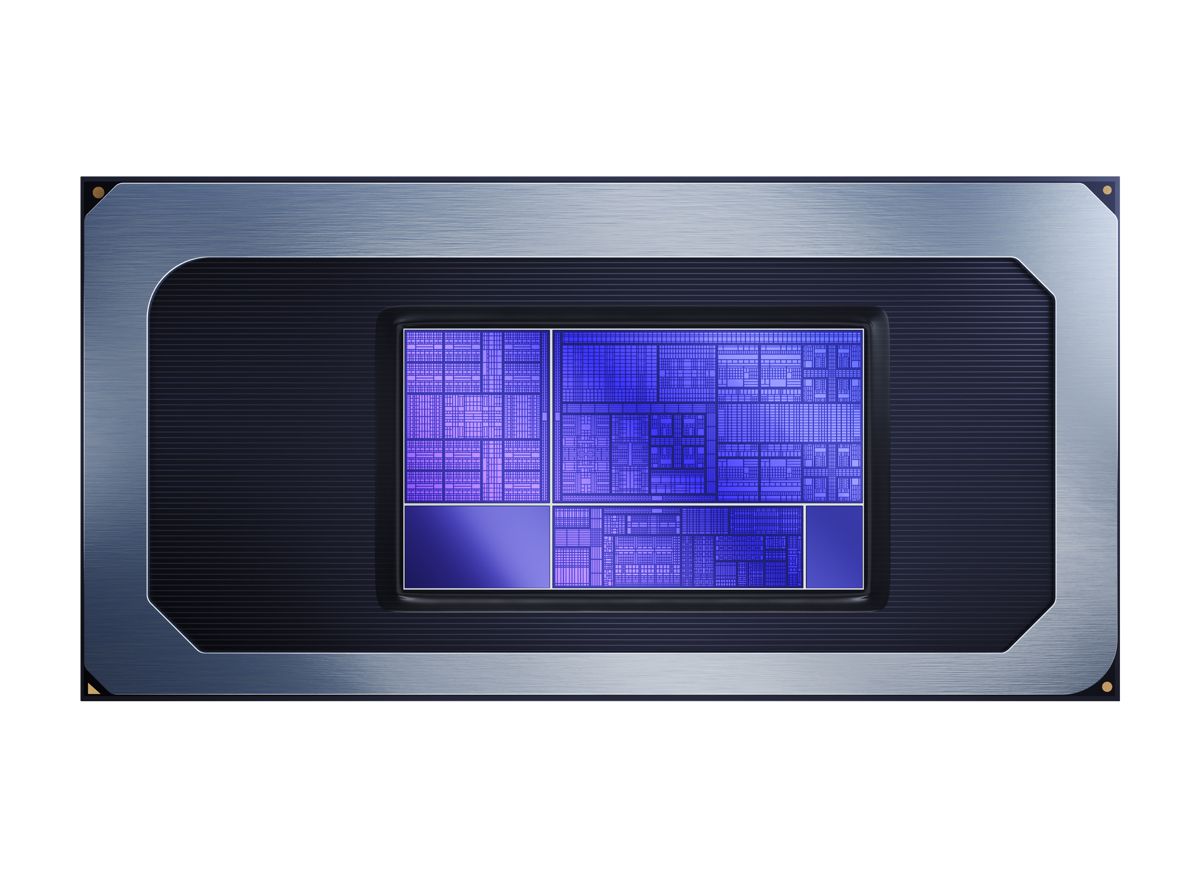New Simulations are Shaping the World of Energy-Efficient Microelectronics
In today’s fast-paced, tech-driven world, microelectronics are the silent workhorses that power our smartphones, laptops, smart homes, and even smart cities. However, as artificial intelligence (AI) and the Internet of Things (IoT) continue to expand, there’s an urgent need for more energy-efficient microchips to keep up with increasing data demands.
Enter a team of visionary scientists at Berkeley Lab, who are now on the cutting edge of developing ultra-low-power microelectronics, thanks to advanced computer simulations.
This team has been working to revolutionise transistors—key components in microchips—with new materials and techniques designed to enhance performance and drastically reduce energy consumption. At the heart of this innovation is negative capacitance, a property that holds the key to a new era of memory and logic devices. In an exciting recent development, researchers have developed an atom-level understanding of this phenomenon, unlocking the potential for smarter, more efficient microchips that could soon reshape the entire tech industry.
The Need for Ultra-Efficient Microelectronics
Over the past few decades, the microchip has undergone incredible advancements. Today’s smartphones pack more computing power than the supercomputers of the 1990s. But as impressive as modern technology is, it’s clear that the future demands more. The rise of AI and IoT, with everything from smart refrigerators to entire smart cities depending on connected devices, requires microchips that can handle massive data loads while consuming as little power as possible.
The microchips that power these devices rely on transistors, tiny switches that control electrical signals. Traditionally, these transistors are made from silicon, but silicon-based technology is rapidly approaching its physical limits. To overcome this, scientists at Berkeley Lab are leading the charge in developing transistors with new materials and methods that go beyond conventional silicon-based chips.
The Magic of Negative Capacitance
One of the most exciting breakthroughs in microelectronics comes from an unusual property known as negative capacitance. This rare phenomenon allows materials to store more electrical charge at lower voltages, a complete reversal of what’s seen in traditional capacitive materials. It’s this feature that promises to open the door to much more energy-efficient devices.
Negative capacitance is typically found in materials with ferroelectric properties, such as hafnium oxide and zirconium oxide. These materials can store data by maintaining electrical polarisation, making them excellent candidates for low-power memory technologies. However, understanding how to harness this power at the atomic level has been a significant challenge—until now.
Thanks to the interdisciplinary efforts of Berkeley Lab’s team, negative capacitance has been studied in-depth through cutting-edge simulations, enabling scientists to manipulate its properties for improved device performance. Their findings were recently published in Advanced Electronic Materials, marking a major milestone in the field.
Enter FerroX
So how did the team crack the code? The answer lies in a custom-designed simulation tool called FerroX. This open-source, 3D simulation framework is the brainchild of a multidisciplinary team of experts in microelectronics, materials science, and computational research. With FerroX, scientists are able to model the behaviour of ferroelectric materials down to the atom, allowing them to tweak various parameters and predict how changes will impact a device’s performance.
By developing this tool, the researchers were able to uncover the atomistic origins of negative capacitance. In simple terms, they could see how tiny regions within ferroelectric materials—known as “grains”—interacted to create the negative capacitance effect. This newfound understanding has enabled the team to fine-tune these materials, making them even more efficient for use in next-generation transistors.
As lead researcher Zhi (Jackie) Yao explains: “There’s a lot of trial and error in the making of new materials. It’s like creating a new recipe. But with FerroX, researchers can use their computers to target specific parameters that affect performance, instead of spending days or weeks in the lab.”
The Power of Collaboration
The success of FerroX is no accident. It’s the product of years of collaboration between scientists from different fields, including electrical engineering, materials science, and computational research. This interdisciplinary approach is what sets Berkeley Lab apart, allowing the team to take a holistic approach to microchip design.
Yao and co-researcher Prabhat Kumar co-led the development of FerroX with the aim of advancing the entire field of microelectronics. By bringing together materials scientists, like UC Berkeley professor Sayeef Salahuddin, and computational researchers, they’ve been able to fast-track the development of new technologies.
“It’s exciting that FerroX will be able to help such a vast community of researchers in academia, industry, and the national labs,” says Yao. “This tool will accelerate the pathway from R&D to commercialisation by allowing researchers to design better, more efficient microchips from the ground up.”
From Concept to Reality
The implications of this research are enormous. By understanding how to harness negative capacitance, scientists can create transistors that operate at much lower voltages, reducing power consumption across the board. In practical terms, this means longer battery life for smartphones, more efficient data centres, and greener technologies for everything from consumer electronics to national infrastructure.
The potential impact goes far beyond just saving energy. As Salahuddin points out: “With FerroX, we can now model devices starting from atoms, which allows us to design microelectronics with optimal performance.” In the near future, this technology could revolutionise industries that rely on high-performance computing, such as artificial intelligence, telecommunications, and even space exploration.
Looking Ahead
The team’s work is far from finished. With the success of FerroX in simulating the properties of negative capacitance at the atomic level, Berkeley Lab researchers are now setting their sights on simulating entire transistors. This next step will bring them even closer to realising their vision of a new generation of energy-efficient microelectronics.
By leveraging the power of the Perlmutter supercomputer at the Department of Energy’s National Energy Research Scientific Computing Center (NERSC), the team can continue to push the boundaries of what’s possible. As Yao explains: “Over the years, we’ve made significant progress in both the physics of negative capacitance and integrating that physics into real devices. The possibilities are endless.”
A Bright Future for Microelectronics
As we look to the future, it’s clear that energy-efficient microelectronics will play a crucial role in shaping our world. The advancements made by Berkeley Lab’s team, from their ground-breaking work on negative capacitance to the development of FerroX, are paving the way for smarter, more sustainable technology.
With these innovations, the dream of ultra-low-power microchips is no longer a distant goal but a very real possibility. And as industries continue to evolve and demand more from their devices, Berkeley Lab’s research will be there, ensuring that tomorrow’s technology is not just faster and smaller—but smarter and greener too.




















